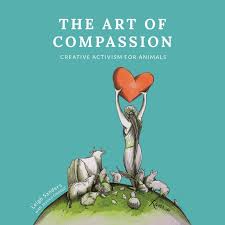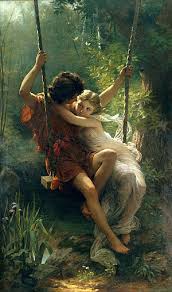Art and Identity: A Reflection of Self and Society
Introduction 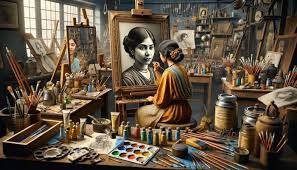
Since art is a potent tool for people and groups to express their sense of self, culture, and experiences, identity and art are inseparable. Artists have explored, questioned, and validated identities influenced by social, political, and personal settings through their work since ancient times. With an emphasis on how artists deal with themes of race, gender, nationality, and personal experience while also reflecting larger societal dynamics, this essay explores the complex relationship between art and identity.
The Concept of Identity in Art
- Understanding Identity
Identity encompasses a wide range of aspects, including ethnicity, gender, sexuality, nationality, and personal experiences. It is shaped by both individual choices and collective narratives, often influenced by societal norms and cultural contexts. Artists frequently draw upon their identities to inform their creative processes, resulting in works that resonate with personal authenticity while engaging with larger cultural dialogues.
- Art as a Reflection of Identity
Art serves as a mirror reflecting the artist’s identity and the societal context in which they operate. Through various forms—painting, sculpture, photography, performance, and multimedia installations—artists articulate their understanding of themselves and their place within the world. This dialogue between the artist and their environment fosters a deeper exploration of identity.
Historical Perspectives on Art and Identity
- Cultural Identity in Indigenous Art
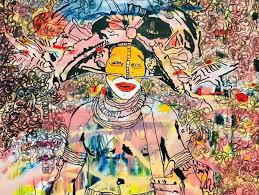
Indigenous art has historically served as a medium for communicating spirituality, cultural identity, and communal values. Indigenous artists frequently use their art to express sovereignty, share stories, and maintain traditions. A rich tapestry of meaning that links the past and present is produced via the employment of symbols, patterns, and materials derived from cultural history.
Case Study: Aboriginal Art
Aboriginal art from Australia exemplifies the intersection of art and identity. Through dot painting and intricate storytelling, Indigenous artists convey their connection to land, spirituality, and ancestry. This art form not only serves as a means of cultural expression but also acts as a powerful tool for political activism and recognition of Indigenous rights.
- The Harlem Renaissance
The Harlem Renaissance of the 1920s marked a significant moment in the exploration of African American identity through art. This cultural movement celebrated Black culture, creativity, and intellectualism, providing a platform for artists, writers, and musicians to assert their identities and challenge stereotypes.
Example: Langston Hughes and Visual Artists
Poet Langston Hughes, alongside visual artists like Aaron Douglas, used their art to express the complexities of African American identity. Through powerful imagery and evocative language, they addressed themes of racial pride, resilience, and social justice, leaving a lasting impact on the representation of Black identity in American art.
Contemporary Art and Identity Politics
- Intersectionality and Representation
In contemporary art, the concept of intersectionality plays a vital role in understanding identity. Artists often navigate multiple identities—race, gender, class, and sexuality—challenging monolithic representations. This approach fosters a more nuanced understanding of the human experience and highlights the complexities of identity in a globalized world.
Example: The Work of Kehinde Wiley
Kehinde Wiley’s portraiture reclaims representation by placing Black figures in the context of classical European art. By juxtaposing contemporary subjects with historical references, Wiley challenges viewers to reconsider notions of power, beauty, and identity. His work emphasizes the importance of representation in art, allowing marginalized identities to be seen and celebrated.
- Gender and Feminist Art
Feminist artists have long used their work to explore issues of gender identity and challenge patriarchal narratives. Through various mediums, they confront societal norms, highlight women’s experiences, and advocate for gender equality.
Case Study: Judy Chicago’s “The Dinner Party”
Judy Chicago’s installation “The Dinner Party” serves as a landmark feminist artwork, celebrating the achievements of women throughout history. The elaborate table setting features place settings for 39 notable women, symbolizing their contributions and reclaiming their identities in a male-dominated narrative. This work illustrates how art can challenge historical erasure and celebrate diverse identities.
- Queer Identity and LGBTQ+ Art
Art has also been a vital platform for LGBTQ+ artists to express their identities, challenge stereotypes, and advocate for rights. The representation of queer identity in art fosters visibility, acceptance, and dialogue around issues of sexuality and gender.
Example: David Hockney’s Work
David Hockney’s vibrant and often autobiographical works reflect his experiences as a gay man. Through his paintings, he explores themes of love, relationships, and personal identity, challenging societal perceptions of queerness. Hockney’s art invites viewers to engage with his personal narrative while recognizing the broader implications of LGBTQ+ identities in society.
Art as a Tool for Activism and Social Change
- Political Art and Identity
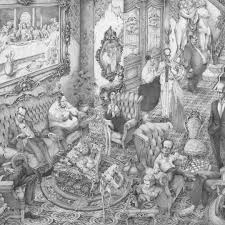
Artists often use their work to address political and social issues, advocating for marginalized communities and sparking conversations about identity. Political art serves as a platform for activism, highlighting injustices and calling for change.
Example: Ai Weiwei
Chinese artist Ai Weiwei employs his art as a form of political activism, addressing issues such as human rights, freedom of expression, and the refugee crisis. His installations, such as “Sunflower Seeds” and “Refugee Boat,” engage with identity on both personal and collective levels, urging audiences to reflect on their roles within society.
- Community Art and Collective Identity
Community-based art initiatives foster a sense of collective identity, allowing participants to engage in the creative process and share their stories. These projects often focus on underrepresented communities, providing a platform for dialogue and empowerment.
Case Study: The Mural Movement
The mural movement, particularly in urban areas, has become a powerful form of community expression. Murals often reflect local histories, cultural identities, and social issues, creating a sense of belonging and pride among residents. Artists collaborate with communities to tell their stories, reinforcing the connection between art and identity.
The Global Perspective on Art and Identity
- Postcolonial Art
Postcolonial artists examine the complexities of identity shaped by colonial histories and experiences. Their work often addresses themes of displacement, hybridity, and cultural reclamation, challenging dominant narratives and celebrating diverse identities.
Example: 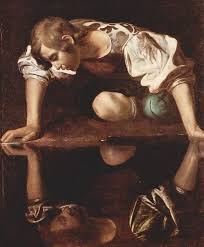
Ghanaian artist El Anatsui creates large-scale installations using discarded materials, reflecting on issues of consumption, waste, and cultural heritage. His work engages with the history of colonialism and the complexities of identity in a globalized world, inviting viewers to reconsider their relationship with materiality and meaning.
- Diaspora and Transnational Identities
Artists from diasporic communities explore the nuances of identity shaped by migration, displacement, and cultural exchange. Their work often navigates multiple cultural contexts, reflecting the fluidity of identity in a globalized society.
Case Study: Shirin Neshat
Iranian artist Shirin Neshat’s photography and video installations explore themes of gender, culture, and identity within the context of Islamic society. Through her work, she addresses the complexities of being a woman in a post-revolutionary Iran, challenging stereotypes and offering a nuanced portrayal of identity that transcends simplistic binaries.
Conclusion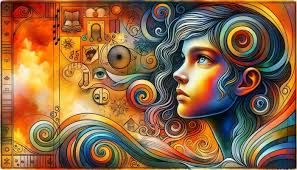
The multifaceted human experience is reflected in the vast and dynamic topic of study that is the relationship between art and identity. Artists have used their work to express, question, and affirm identities shaped by social, political, and personal settings, from historical movements to modern practices.
Art continues to be a crucial medium for communication and comprehension as society struggles with issues of representation, inclusivity, and cultural identity. Artists who interact with a range of identities and experiences not only enhance the cultural landscape but also create cross-border relationships. In the end, the connection between identity and art is evidence of the influence of creativity in forming our perceptions of the world and ourselves. We may examine the many facets of identity via art, honoring


